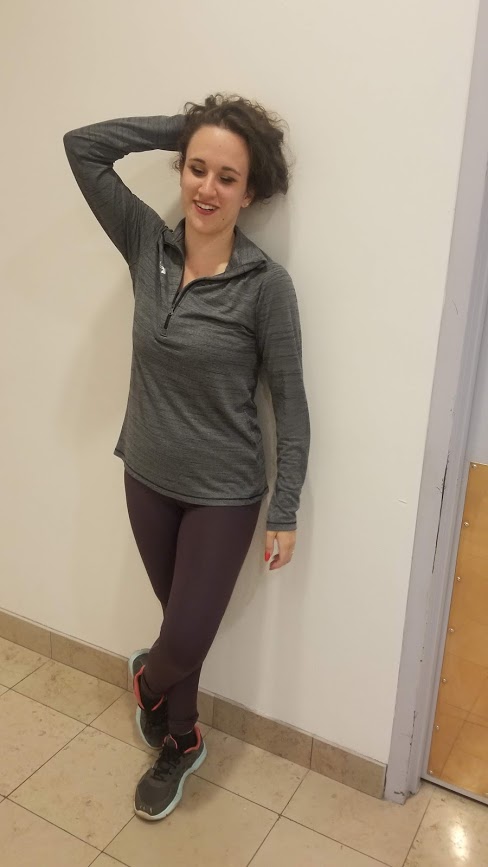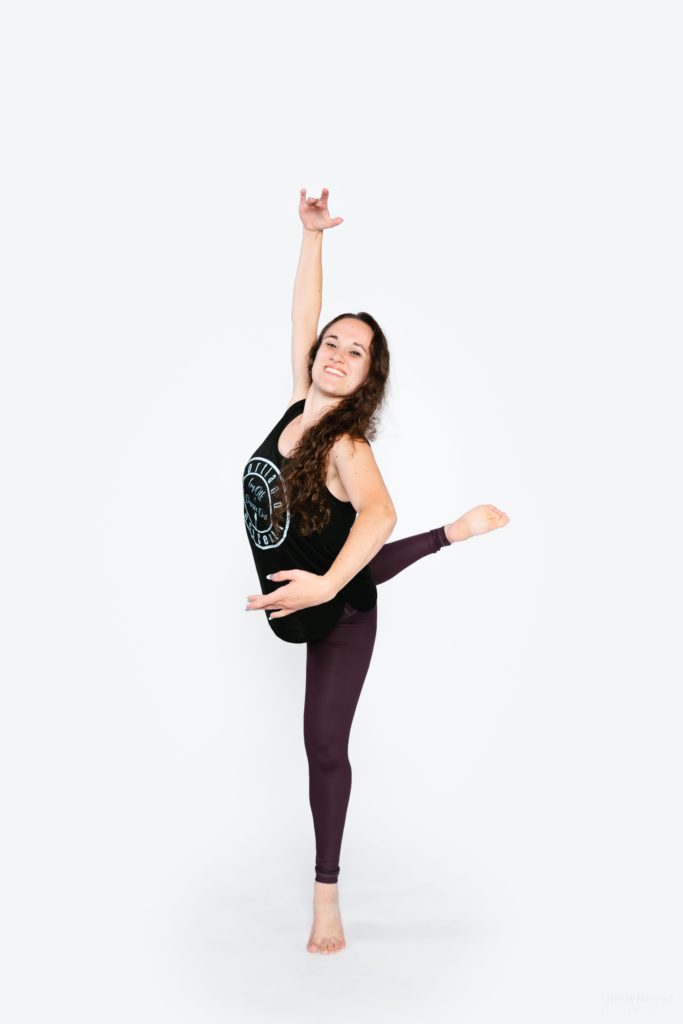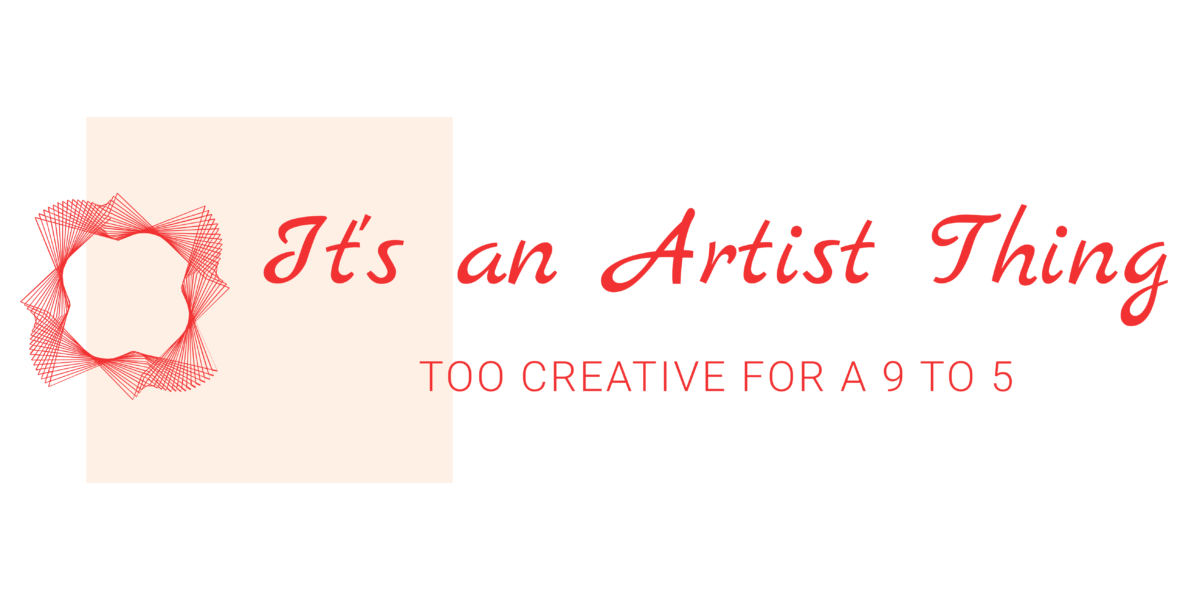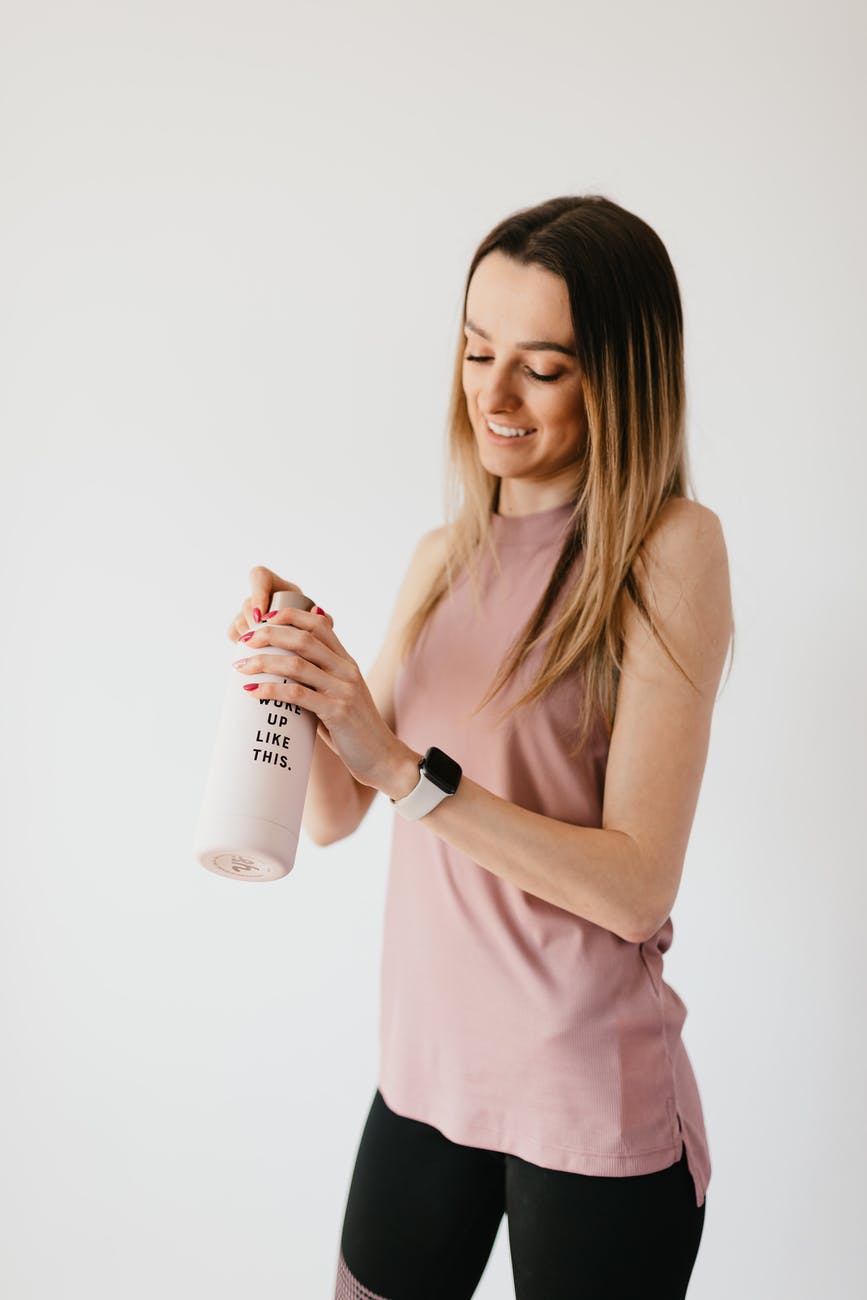Preschool Ballet and Tap: A Guide for Teaching Successful Classes

Introduction
What words come to mind when you think of preschool ballet and tap? Fun? Challenging? Rewarding?
Being a teacher to littles is an amazing job. That’s why I have put together this survival guide chalk full of resources, tips and tricks, and maybe a little reward for being an overall great teacher.
So let’s get to it!
1. Sharing the Beauty of Dance
Do you know what is so incredible about dance? It is a language all its own. There are few avenues in the world through which a person can communicate shared human feelings to anyone.
Young or old.
Rich or poor.
Any language.
All walks of life.
Except for dance.
Dance crosses all barriers and requires no prerequisite in order to produce strong feelings in any observer or participant. This sets it apart as a beautifully unique endeavor.
It’s beautiful, but not always easy so I’m here to offer you a survival guide of sorts. Think of it as a resource that will give you tons of tools for holding successful preschool ballet and tap classes. They are a fun group to teach, so here we go!
1.2 Role of the Dance Teacher
Those who are privileged enough to enjoy and share this art form are called dance teachers. Being entrusted with representing the passion and technique of dance and communicating it’s intricacies to others is a huge undertaking. However, it is also extremely rewarding as I’m sure you’ll agree.
Being a teacher takes a particular sort of intention. Not everyone is cut out for this line of work. Being a dancer and being a teacher are two very different things which is something many people don’t realize. A person can be an incredible dancer. Still, he or she can also have no idea how to relay the art to another. Relaying the art form to an adult or child takes a different kind of skill.
I’m going to be honest with you: I wasn’t born with much talent. I’m not what most would call “athletically gifted.” I had to work my tail off during my dance training (and still do!).
At first glance, this might seem to disqualify me from the role of “teacher.”
But in my opinion, it has actually given me the ability to see my students in a different way. Not a class goes by where I don’t see myself in one of my students. I believe that this is one of the reasons I love teaching so much.
Having natural talent or even obtaining artistic excellence does not automatically make a person a good teacher.
It takes more than that.
I believe that the following quote from Beethoven is perfect. It explains one of the most important concepts a person must embrace in order to fully appreciate participation in an art form:
“To play a wrong note is insignificant; to play without passion is inexcusable.”
1.3 Passion
Passion is what teaching an art form comes down to.
In my experience thus far, nothing has become more apparent to me than the essential role passion plays in being a teacher. Not only a passion for the art form, but a passion for sharing it, and having the patience to break it down step by step for others.
There is a certain thrill that comes along with seeing the kind of joy dance brings to you come to life in the face of another.
Another Day to Dance: Stopping to Be Thankful For My Legs
2.1 Classroom Engagement With Preschool Dancers
One thing I have learned from teaching preschool ballet and tap is that every class (and even every student!) requires you to utilize a different part of your style, personality, and abilities. I think I underestimated this a bit at first. I figured that teaching one style of class would be very much like the next. In some ways it is and in others it’s not.
As I make the transition from class to class, essentially switching gears in each, I have found it helpful to hone in on the specifics of what they individually require of me in order to be successful.
2.2 Hopping Into the Minds of Little Ballet and Tap Kids
Understanding pitfalls and what I can and can’t focus on have been vital when it comes to making sure I don’t get stressed and that my kids are learning and having fun with the art form. Here are a few of the tips as well as the mindset shifts I tend to make in each class.
Ballet Classes
Mindset Shift For Ballet Class: Attention Span
I am the type of person who likes to see progress happen before my eyes whether it is in the class I am teaching or in one I am taking when I am in the student role myself. When I don’t see progress, I get worried. I think one of the most difficult things I’ve ever had to do as a dance student is walk away without having perfected what I set out to do. I want to know how to do it just right now so that I can do it right forever. You and I both know that this isn’t always realistic, but it is often a mindset that we teachers and dancers fall into.
It took some time for me to understand that these little people weren’t going to be able to grasp everything I taught them the first time or even the second or third or fifth. I had to come to the realization that while grasping concepts is important, cultivating their love for the dance form was even more so at this age. If they were engaged while standing at the barre and doing our plies and tendus, we’d accomplished something. I had to learn to let go of whether or not they stayed on the music or remembered to switch legs at the end of a set. Instant progress isn’t vital at this stage and engagement should be top priority.
Tips:
Trickery
The word trickery oftentimes comes with a negative connotation. Just know that in this context I mean it in a good way and you’ll soon see why. This method has helped me a whole lot when it comes to teaching preschool ballet and tap.
Okay, so in light of the mindset shift we talked about above, I still go into class with the goal of getting a concept across. This is when the trickery comes into play. Taking on a Mary Poppins-like approach, I find that it’s important to get the kids interested in focusing on the technical concepts I seek to teach them by making it seem like an imaginative adventure.
For example, say that I want to teach the kiddos that we always have to do an exercise on both sides of our bodies. Instead of simply saying that we need to do it again, I explain it like treating both sides fairly. I explain that it’s like a mother giving both children a cookie. “Don’t forget your other leg or it’ll feel left out!” is how I explain it. This effectively “tricks” them into thinking that it’s more fun when you remember to do the exercise on both legs!
In my experience, this will work for an exercise for two in each class. But after that it’s time for the fairytale to begin. Making it feel like every exercise we do is taking us through something magical is the best way I know to keep the kids engaged. All children love to be transported into another world away from everyday life and just between you and me, so do I!
Use of Imagination. They’re Kids, After All!
The kids get so excited when I tell them where we are going to go for class that day. It could be to Arendelle to visit Anna and Elsa or to Arabia to see Princess Jasmine. I choose the music according to theme and reference the characters we are pretending to be or going to visit in every exercise during class, turning it into not just a glass, but a journey! After all, how can bourrees and chasses not be fun when they’re taking you through the snowy mountains back to Arendelle? It’s amazing how far incorporating a bit of magic into a lesson can go.
But what about when the kids aren’t interested in Arendelle today and extremely excited about bringing up all sorts of random facts about their home, pets, friends, school–you name it? Take a look at these fantastic ideas from Ballet Curriculum about incorporating those bunny trails right into your lesson. It’s brilliant.
Figurative Language
Figurative language has gone a long way in my classes. I think that perhaps it’s because receiving relatable imagery is what works best for me when I am a student. It causes a concept to “stick.”
Even if the child isn’t executing the step or idea correctly initially, she will remember what I said this step was supposed to look like each time we do it. With that image in her mind, she will eventually work through what it means to do the step the way I have asked. With little ones it’s one thing at a time. So if the only concept one of my students grasps the first time is what I said it’s supposed to look like, it’s okay to leave it at that.
Apart from the fact that it starts planting in the child’s mind what you expect the correct execution of the step to look like, it also keeps him or her interested. Similar to the trickery of keeping kids enthusiastic about traditional steps in ballet by telling them they are not simply “doing steps” but “going on an adventure,” imagery sparks some additional excitement in their minds. We all learn better when we are excited about what is before us, am I right?
Tap Classes
Oh tap. I was rather apprehensive when it came to teaching my first tap class. Putting one tap shoe on each foot of ten little girls was daunting to say the least. The noise is multiplied tenfold when you get all those eager tappers in a room together.

3 Fresh Ideas That Make Preschool Tap Class Fun
May 10, 2020
Still, it didn’t take long for me to enjoy the perks of a class like this. Being allowed to make some noise is a thrilling prospect for most 4-5 year olds so stirring up eagerness is generally not a problem. However, because it’s so fun to basically have instruments attached to your feet, it can be more difficult at times to keep everyone focused. If you can’t keep everyone focused, the learning potential of the class decreases. There is a balance between enjoying the fun of tap and things getting out of control. But there are certainly ways to rein in the energy and make tap productive for even the littlest of littles.
Mindset Shift For Tap Class: This Can Be Productive Instead of Just Loud
When I taught my first tap class… well, let’s just say it was a little noisy. I am the type of teacher who really enjoys order. I guess most do, but I’d venture to say that I’m extra fussy when it comes to too much noise. Could have to do in part by the fact that most days the grouchy old lady in me–you know, the one that hates loud noises?–comes out to say hello at some point–most often smack dab in the middle of one of my preschool ballet and tap classes.
I quickly realized that as long as I structured my classes well and found that sweet spot between keeping the kids entertained and also providing valuable concepts that they’d be able to hang onto even when things did get slightly louder than I’d prefer, that was the ticket.
Tips:
Make Being Quiet Fun
Okay, so I have to admit that I do still want there to be some quiet in spite of the fact that I’ve just said that it’s okay to be a little noisy. But there’s got to be at least some quiet or else you do lose control. And you go nuts, let’s not forget that one. Here’s what I do to keep from reaching that point: I turn ‘quiet’ into an actual step.
Let me explain.
Say that I’m teaching my kiddos how to do flaps in tap class. I speak the movements to them by saying “out, in, ssshhh.” The ‘ssshhhh’ portion is actually the feet returning to standing side by side. I noticed that there was lots of tapping after we’d finished the flap, so this proved an effective way to divert the kids’ attention from tapping out of turn to covering their mouths and going “sshhhh.”
By doing this you are not only teaching the kiddos to finish the step, but you are teaching them to be ready for what comes next, and you’re earning yourself a bit of well-deserved silence. Win, win, win.
Free Time
It’s always good to give your dance kids a chance to do whatever they want during class. A lot of times this is in the form of freeze dance or something similar that allows them to move free from rules for a time. This is highly important in preschool ballet and tap classes both.

3 Tips for Keeping Tap Class Under Control
May 2, 2020
Similarly, I have found it effective to actually instruct my kids to do movements that are loud in tap class because if they are given permission to be noisy (which is what is the foremost temptation in their minds once those taps shoes are on), they are far more likely to listen when instructed to do otherwise. Their faces really do light up when I say something like “okay, now stamp as loud as you can!” during a dance. As long as I’ve previously clarified that it is only allowed for a certain number of counts in the dance or exercise, I have very little trouble getting them back to a state of quiet after they’ve got some stamping in.
2.3 Ballet and Tap Combo Class For Preschool
One of the most vital things I have learned about teaching a preschool ballet and tap combo class: how I arrange the order of the elements involved is crucial.
For me, starting with ballet is essential for the following reasons.
Warm Up
I feel like it makes sense to start in flats so that the kids, even at this young age, get used to fully warming up their toes and ankles before doing any sort of more aggressive dancing.
Off to a Calm Start
When the kids are fresh and ready to learn, you really have to be smart with how you play your cards. In tap class they’ll have the opportunity to stomp out some of their wiggles when I am perhaps reaching the end of their attention spans during the last fifteen minutes of class. So, I need to use their focused energy now when they are able to focus on something less explosive than tap shoes. In addition, when I start out with some nice calming exercises and utilize a mellow, yet engaging tone of voice, that sets the vibe for how I want class to be. That is, until they’re getting antsy the way kids do. But we’re on to tap by then so no problem.
Creates a Rewards System
As I mentioned in the tap class section, the kids generally get really excited about tap, so I find that’s another reason to leave it for last so that the kids have incentive to be quiet and attentive because they know they’re going to get to be noisy real soon.
Mindset Shift: It’s Okay If This is Mostly Just Fun For the Kids
Ugh…. the part of our brains that wants our students to be perfectly lined up at barre with lips zipped, bodies quiet, and thinking caps on is really hard to silence, isn’t it? I think that this part of my brain was the biggest culprit when it came to making an essential mindset shift: It’s Okay If This is Mostly Just Fun For the Kids. They’re not going to perfect everything today. After all, we have to remember that this is preschool ballet and tap and not your first and second graders.
Remember their age and make these classes an opportunity to celebrate the little victories: celebrates when they recall the names names of the steps. Notice the times they clap on the music. Get excited when they remember to point their toes. The times they jump really high over a series of dots without stopping, clap for them! Think on those things. The rest will come.
Tips:
Keeps Them Guessing
It can be easy to fall into a rhythm when you teach. That’s not a bad thing. However, it’s valuable to change things up for the kids and throw them something new in order to keep their little brains guessing and intrigued. If you feel like the kids are getting bored, it’s time to pull out something you’ve never tried before or haven’t done in a long time, so make sure you have a few go-to tricks in your back pocket. You’ll always be grateful for this when it comes to preschool ballet and tap.
Repetition
Now, I know what you’re thinking. You’re thinking that this sounds like a contradiction considering what I just said above. Maybe it is, but just a little bit. You see, it’s about that balance. You have to find that happy medium when it comes to repeating exercises enough that the kids are given a chance to revisit and improve but don’t get bored. I think my favorite reward of repetition is seeing the confidence of the dancers increase. I love seeing that excited “Oh yeah, I know how to do this” look in their eyes. It’s confidence building and shows your preschool ballet and tap kids that practice can make perfect. (I mean, as perfect as it can for a dancer. You know what I mean).
3.1 Self-Care For Preschool Dance Teachers
Teaching dance is a beautiful thing. But it is not one that can be often be labeled as easy. Most of the time teachers end up doing just as much dancing while teaching a class as they would if they were taking it. Especially when it comes to preschool ballet and tap.
It can, therefore, be challenging to stay energized, focused, and happy while doing what you love. Remaining productive as a dance teacher requires a measure of self-care specifically catered to the demands that come with relaying your art form to energetic youngsters on a daily basis.
As teachers, everything seems to come before relaxing. But it’s time to remember that in order to be at your best, you can’t pour from an empty cup! It’s time to talk a little pampering and rejuvenation.
I’ve found that if I don’t have a specific set of rituals I do in order to make self-care a priority, it won’t get done. Here are the categories of self-care that I observe on a regular basis in order to be the best I can be as a teacher. We tend to forget to do simple things like hydrate, eat properly, and even tend to sore/injured/tired body parts if we aren’t intentional about it. That’s why I’ve compiled this helpful list about the products that help me to repair and rejuvenate!
Feeling Inadequate? 5 Things to Do When You Feel Like You’re Not a Good Teacher
A Few of the Most Underrated Dance Movies Around
3.2 Dance Teacher Attire
When in a position where exercising is your job, you are one of the lucky few who gets to wear comfy clothes to work!
I think that we can all agree that we are generally happier when we like our outfit. That is why it is essential to have a selection of dance clothes that you love in your closet so that you can always feel fantastic when you step into the classroom to teach your preschool ballet and tap kiddos.
Also, when it comes to teaching littles, it is all the more vital to have clothes you are comfortable in since you’ll more than likely be crawling around on the ground, chasing them, and crouching down to give corrections.
How you feel outwardly can have a huge impact on your mindset going into a class so it’s important to make sure your outfit supports that.
When I choose my teaching clothes, comfort is my number one concern. I have to feel comfortable crawling around on the floor to correct the kids or dance with them. I also like to make sure they are comfortable to me no matter how sweaty I get which influences which materials I choose.

Beauty isn’t everything, but it is nice to enjoy the sight of your outfit when you look in the mirror. Dancers spend so much time staring at their reflections that it’s nice to pick dance clothes that are aesthetically pleasing.
Dance Outfits: Under Armour Edition for Teachers
Ready to take on the world? Or at least the classroom? I know you are. I believe in you. And so do those kids.
Conclusion
Here’s to providing our littles with classes that inspire and cultivate a love for the art form from the youngest of ages.
I’ll see you in the studio.
Happy Dancing!

Sierra Mullins is a professional freelance/ghostwriter and a dance instructor with a focus on ballet and tap for children. She thrives on making her passions her paycheck and helping others do the same. PC Stephan Partipilo


